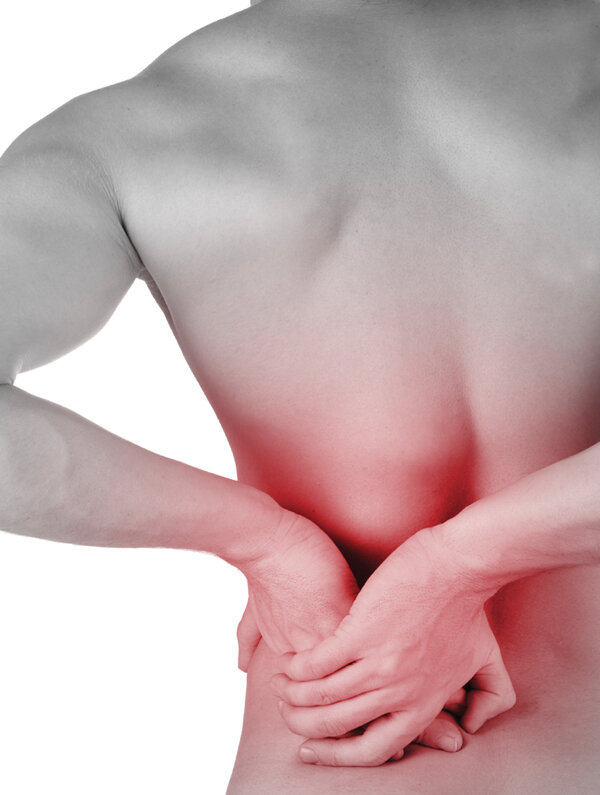Many of our outdated theories on why individuals have muscle and joint pain have been questioned and disproven by more recent research studies. One example includes the association between running and future knee osteoarthritis. Instead of confirming the old theory based on the wear and tear hypothesis moderate running has been shown to have a protective effect against future arthritis especially when compared to a runner’s sedentary peers. We also commonly hear about the wear and tear hypothesis when misinformed clinicians and patients describe degenerative disc disease when MRI findings reflect aging in the spinal structures. Importantly, degenerative disc disease may or may not be painful. A new study highlights why too little activity may place the spine at a greater risk of these age related changes.
The Spine Journal published a prospective study on the impact of a participant’s physical activity and their findings on repeated thoracic and lumbar spine MRI exams (Maurer et al. 2020). Authors followed 385 participants over a 14 year period with repeated examinations for both the amount of physical activity and spinal changes from baseline on repeated MRI exams. They reported 30% of participants exercised regularly (>2 hours per week), 30% regularly (>1 hour per week), 14% exercises inconsistently, and 25% did not exercise. Authors noted a significant correlation between degree of physical activity and spinal changes on MRI even when controlling for age, sex, body mass index, and diseases such as diabetes and high blood pressure. Specifically, physical inactivity or lack of exercise had a strong correlation with disc degeneration in participants.
This study also questions our beliefs on the wear and tear hypothesis. Even if we give the wear and tear hypothesis some thought would we rather have fit, healthy people with back or knee pain or pain free, sedentary individuals at future risk of early death and chronic diseases such as stroke and heart disease? Spines receive a significant amount of circulation through movement and require activity for optimal health, conversely their circulation is reduced through prolonged inactivity.

